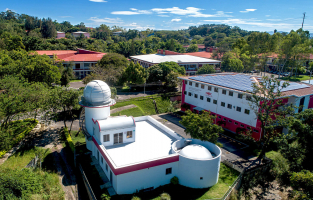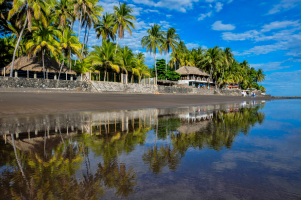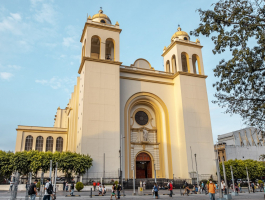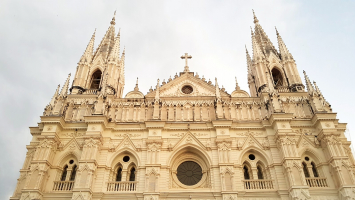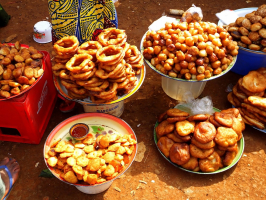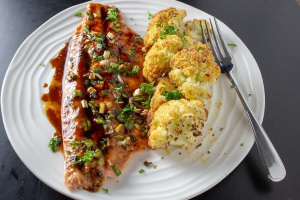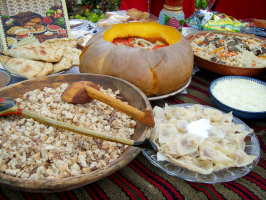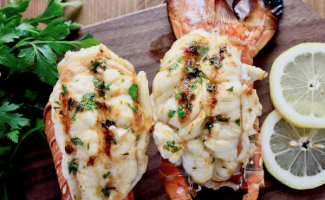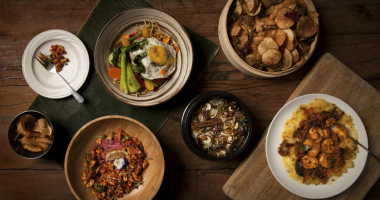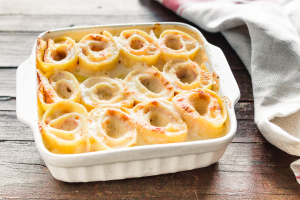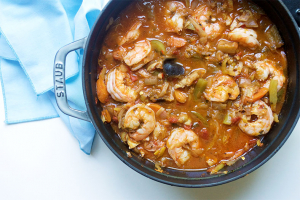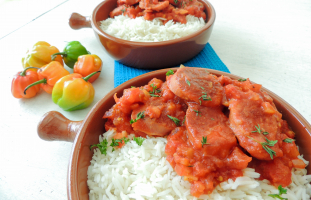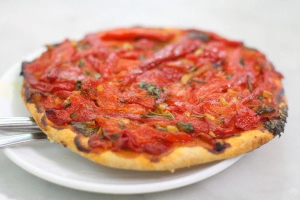Top 10 Best Foods in El Salvador
El Salvador's cuisine is as distinct as the country itself. Salvadorian cuisine shares certain similarities with the cuisines of other Latin American and, in ... read more...particular, Central American countries such as Mexico and Guatemala, but it also stands alone on numerous dishes that are truly Salvadorian and not found anywhere else. If you're planning a trip to El Salvador and want to know what to eat or learn more about Salvadoran cuisine, this is a wonderful place to start.
-
Pupusa de queso con loroco is a Salvadoran cheese pupusa that oozes with a blend of gooey cheese and finely chopped loroco flower buds over a thick corn tortilla. Quesillo, a semi-soft white cheese, is the most traditional form of cheese used for the filling, but other varieties of cheese can also be used.
Queso fresco, mozzarella, farmer's cheese, and Monterey Jack are some of the most regularly utilized alternative cheese varieties. Loroco, the tasty green buds of Fernaldia pandurata, a flowering vine native to Central America, is another important component of the filling. Loroco flower buds can be used fresh, frozen, or pickled, and they provide the pupusas a distinct aroma and flavor.
After being stuffed, the corn tortillas are frequently fried in a skillet or griddle until golden brown on both sides with black streaks. These cheese pupusas are generally served with tomato salsa (salsa roja), pickled cabbage slaw (curtido), and chili sauce on the side, just like other types of pupusas.
Pupusas are commonly eaten for breakfast or dinner in El Salvador, but they are also a popular street snack.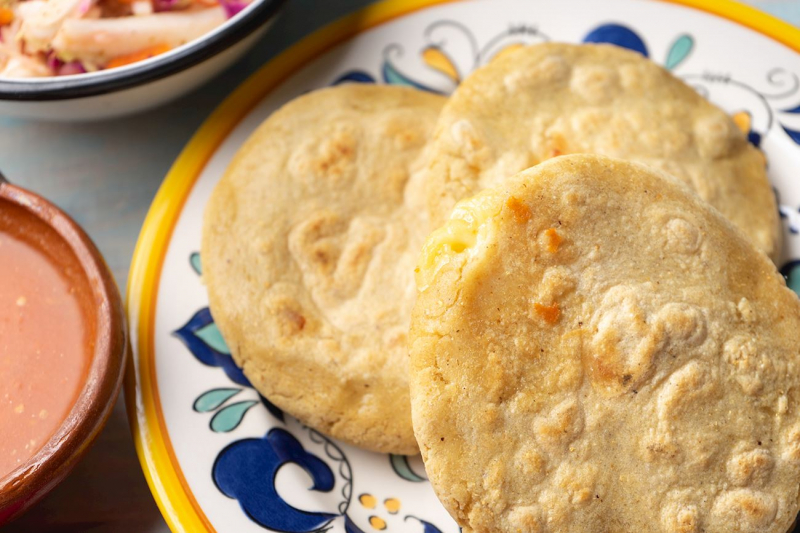
tasteatlas.com 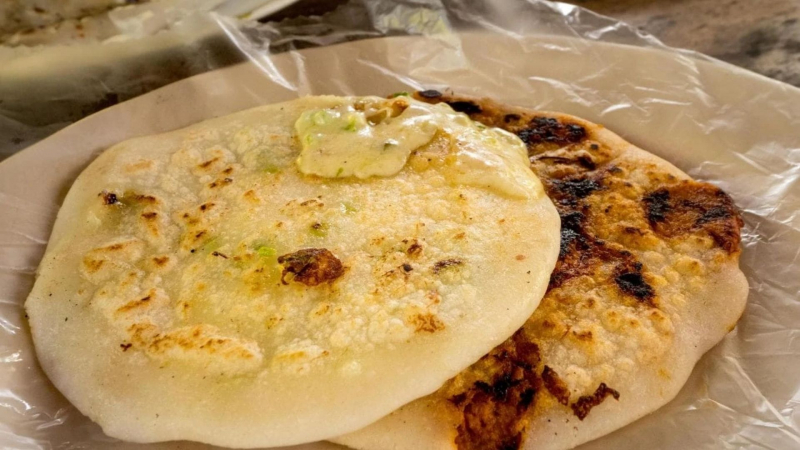
onceinalifetimejourney.com -
The star of this traditional Salvadoran soup or broth is gallina india, a free-range, home-raised chicken. The chicken has an unrivaled, rich flavor as a result of being raised in a natural setting and fed a natural diet. It is often cooked in water with a variety of chopped vegetables, garlic, herbs, spices, and seasonings.
Carrots, onions, pipián (a type of small squash eaten as a vegetable), tomatoes, potatoes, chilote (baby corn), green chilis, and guisquil (a green, pear-shaped vegetable) are common vegetables in the soup, as are parsley, chipiln (a leguminous plant), pepper, red pepper, achiote (a type of spice made from the seeds of the annatto tree), and basil.
Other components such as rice, tiny eggs, or even meatballs may be included in some variants (called albondigas). Sopa de gallina india is typically served heated in bowls with huge pieces of chicken. After cooking, the chicken can be chopped into pieces, roasted, and served alongside the soup.
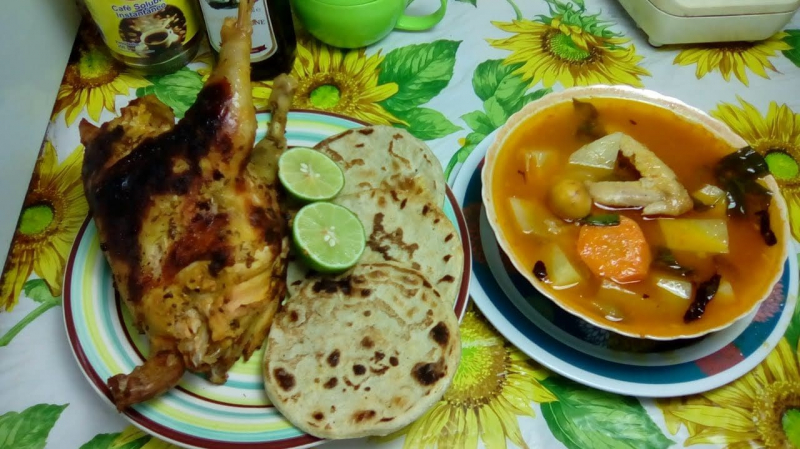
Cocina con Alby 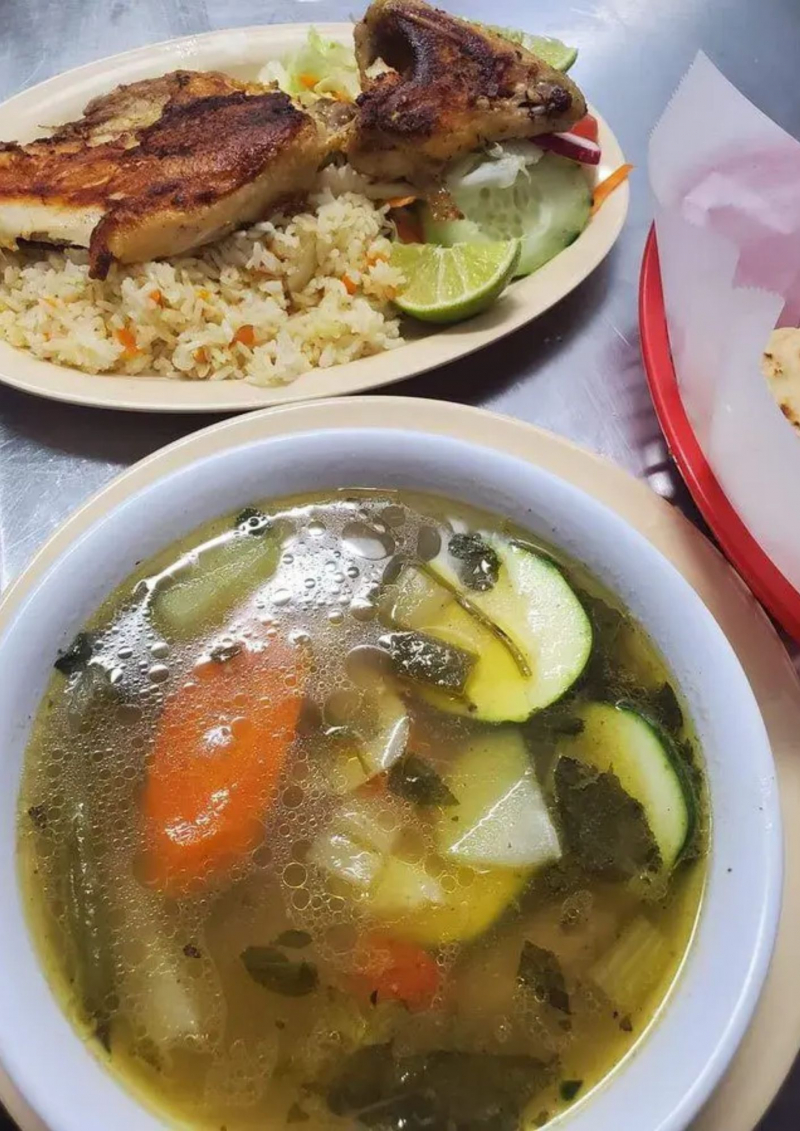
SalvadoranPride -
Salvadoran tamales are filled with chicken, a slice of boiled egg, and a tomato-based sauce and are fashioned with corn dough blended with spices.
Vegetables such as olives, green pepper, or a tiny slice of potato can also be found in tamales. After that, it's wrapped in banana leaves and boiled in water.
The tomato-based sauce that goes into the tamale varies from person to person or family to family; everyone who cooks tamales has their unique sauce recipe.
Most Salvadorans prepare tamales for significant occasions, such as funerals and weddings.
Different sorts of Tamales can be found in El Salvador; below are some examples with further information.
- Traditional Salvadoran Tamale: A traditional tamale is stuffed with a reddish tomato-based sauce, meat (chicken, swine, or turkey), vegetables (olive, green pepper, potato, or a combination of these), and, in some cases, a cooked egg slice.
- Tamales Pisques: Tamales Pisques are normally constructed with maize dough and packed with refried beans; however, some variations include Salvadoran cheese.
- Tamales de Azucar or Sugar Tamales: These Tamales are mostly made in private houses for personal consumption. They're fashioned of corn bread and packed with sugar from El Salvador (Dulce de Atado). Some Salvadorans go to great lengths to fill their Tamales with chicken or pineapple jam. This delectable dish has a sweet flavor.
- Tamales de Elote or Corn Tamales: This tamale is only available during certain times of the year. Fresh corn is the key ingredient, which is only available during the early phases of the crop. Crema, a Salvadorean cream cheese, is paired with these tamales. The corn dough is made with milk, butter, salt, and sugar, and then wrapped in corn husks rather than banana leaves and cooked in water.
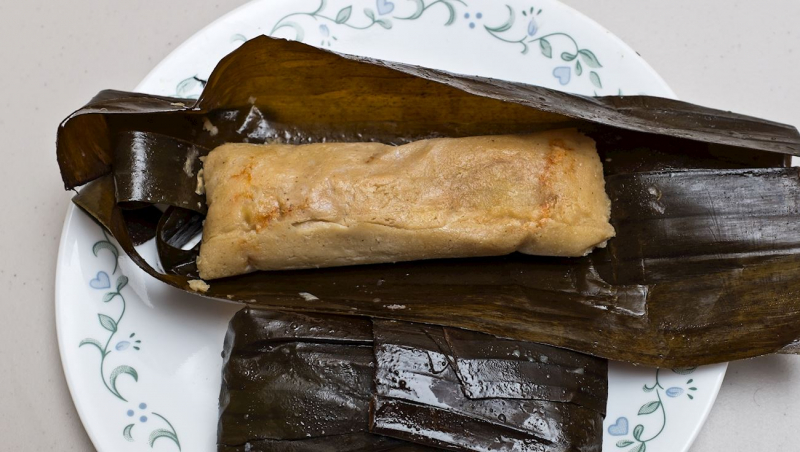
tasteatlas.com 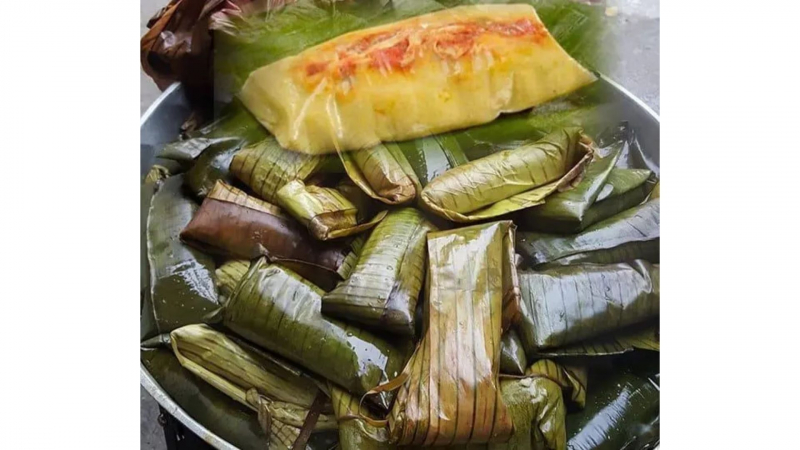
elsalvadorinfo.net -
The filled loin, or lomo relleno, is a classic El Salvadorian meat speciality made from pork or beef tenderloin that has been split open and lightly pounded before being rolled around a filling. The meat is frequently seasoned with spices and condiments, and both sides are coated liberally with mustard sauce or another sauce.
The filling can be made with a variety of chopped vegetables (carrots, onions, potatoes, green beans, peppers, chili peppers, eggplants, or güisquil), garlic, mushrooms, capers, olives, boiled eggs, various herbs and spices, and slices of ham or bacon, among other things.
The beef roll is frequently packed and fastened with kitchen twine before being fried on all sides and baked until well colored and done. Slices of this savory speciality are frequently served with rice, baked potatoes, salads, and a variety of sauces.
During the Christmas season in El Salvador, lomo relleno is a popular dish.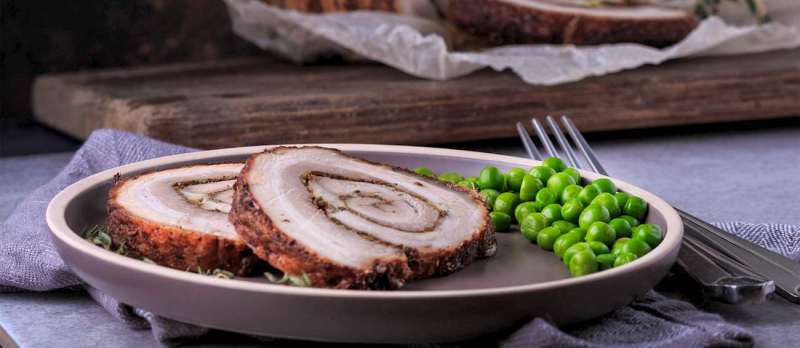
Photo: SHUTTERSTOCK 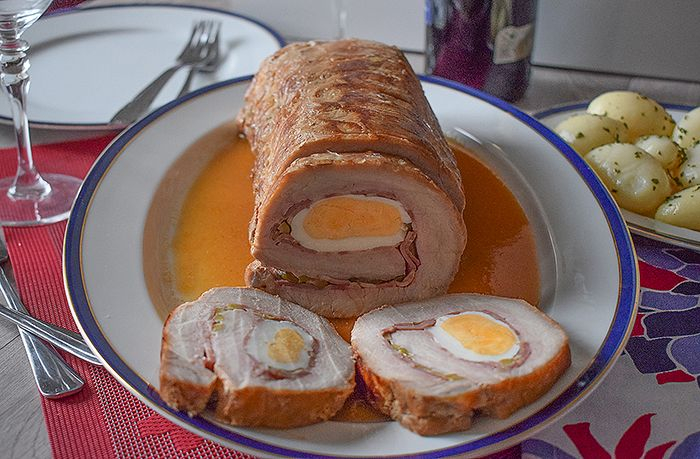
Photo: COCINANDO A MI MANERA -
Fried portions of Yuca root or cassava are served with crispy pork meat chunks in Yuca with chicharron. The traditional toppings are cabbage and tomato sauce. Chicharrones are deep-fried pig belly chunks or pork rinds.
Yuca Frita is a tasty root vegetable that is comparable to cassava. It's a starchy root with a texture and flavor similar to that of a potato.
The preparation is more time-consuming; first, steam it, then deep-fry it till golden brown.
The Yuca Frita with Chicharron is the same all around El Salvador; the only difference is what they're served with, such as the sort of cabbage and sauce.
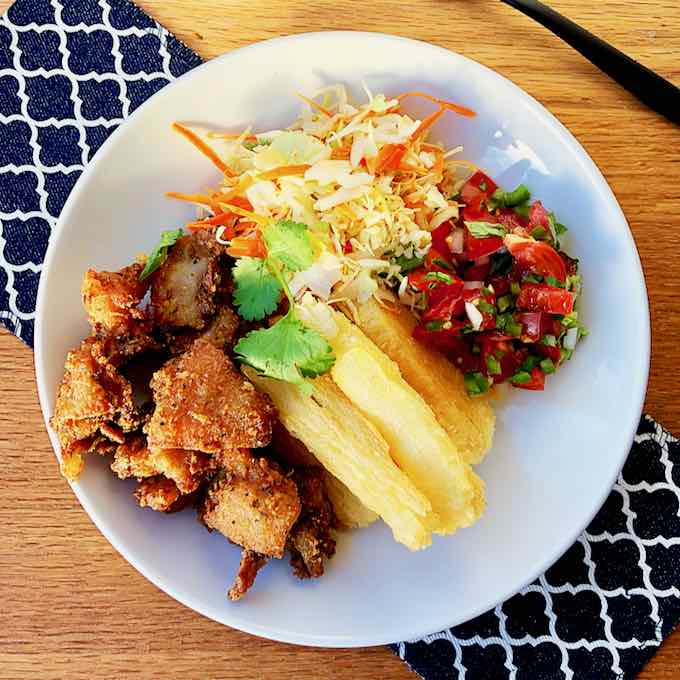
196 Flavors 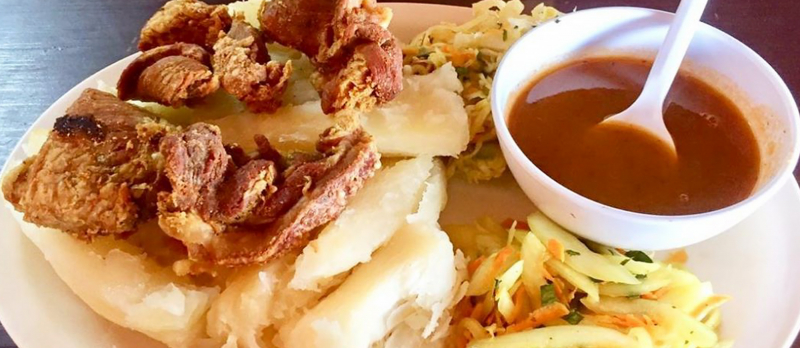
tasteatlas.com -
Scrambled eggs, usually prepared with chopped chilli or peppers and maybe onions, are served with cheese, mashed frijoles, and fried bananas in El Salvador's traditional breakfast.
The combination of sweet and sour flavors, as well as the number of complex carbohydrates (beans, bananas, and corn), make for a filling breakfast. In addition, everyone enjoys fried bananas. You can also have a side of bread or toast, or more typically, tortillas, to go with it. You can also add a tamal or use it in place of the banana, as shown in the image above.
El Salvador's breakfast must include a cup of local coffee, as the country's volcanic terrain produces wonderful beans from places like the Santa Ana Volcano.
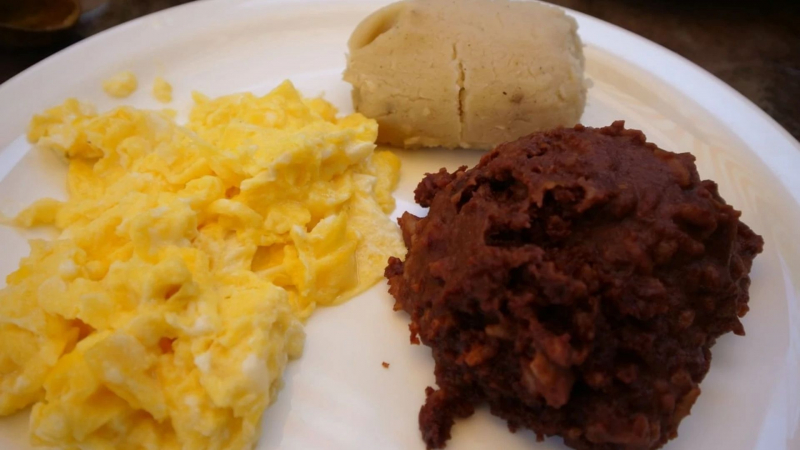
onceinalifetimejourney.com Video: La Cocina De Dani -
Ceviche is a popular Latin American meal that is served all throughout the continent. It's commonly cooked using white raw fish or camarones (prawns) taken off the coast of El Salvador. Because the fish is not fried but just marinated in lemon juice and chili, this is one of the healthiest Salvadorian dishes. The lemon juice "cooks" the fish, though we can't call it frying because there's no heat involved; it's more like denaturalization.
Finely chopped garlic, onion, tomato, cilantro, parsley, and chilli are common ingredients in ceviche. You can also include other ingredients, such as mango. Toss in the chili sauce, olive oil, and season with salt and pepper to taste.
Instead of the traditional Mexican tostadas, banana chips are frequently offered with ceviche. Ceviche can be found on the menus of most seaside eateries in La Libertad and its environs.
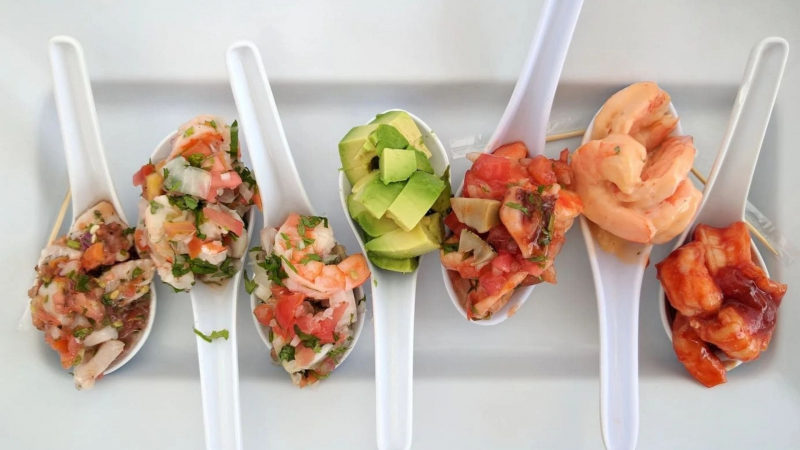
onceinalifetimejourney.com Video: Munchies -
The invaders brought this Spanish variant of French toast (officially known as pain perdu) to Central America. Torrijas are milk-soaked, egg-dipped, fried bread slices (typically stale bread) that are then drizzled with honey and dusted with sugar and cinnamon. It's worth noting that we say torrijas, not torrija, because no one ever eats just one.
Torrijas are popular in Spain during Lent and Easter, and they are fried in olive oil only, like in El Salvador, rather than butter, as in the French pain perdu, and they must be cooked till brown. They were initially consumed by mothers after giving birth due to their high caloric content, and they are today a popular treat that goes well with sweet dessert wine.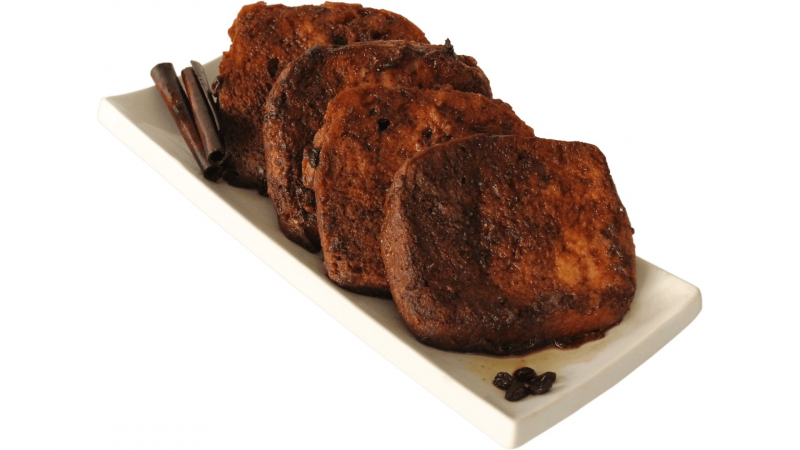
Photo: onceinalifetimejourney.com Video: Cocina con Carmen -
Yuca, often known as cassava, is a carbohydrate that is widely available throughout El Salvador, South America, and the tropics. The root vegetable is typically boiled then fried with a side of tomato sauce, as though it were the local counterpart of French fries, and served as snacks, sides for major dishes, or even street foods.
Yuca is the third most important starch in tropical regions, and it is extensively available throughout the Pacific and Africa, where wheat is difficult to grow.
While cassava is supposed to have originated in Brazil, the first evidence of its cultivation was discovered at the Joya de Ceren site in El Salvador. It was then exported to Spanish and Portuguese territories in Africa and Asia, where it is still grown and eaten today. Did you aware that cassava root is harmful when eaten raw? It contains a large amount of cyanide, which can lead to intoxication and death, thus it must be properly processed before consumption.
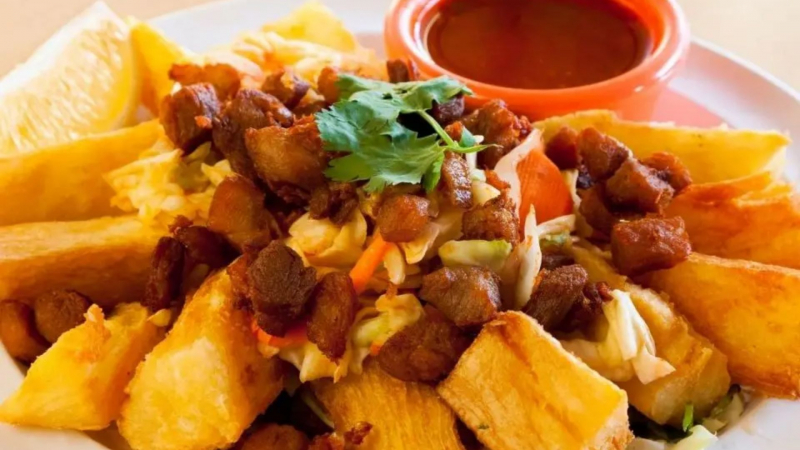
Photo: chefspencil.com 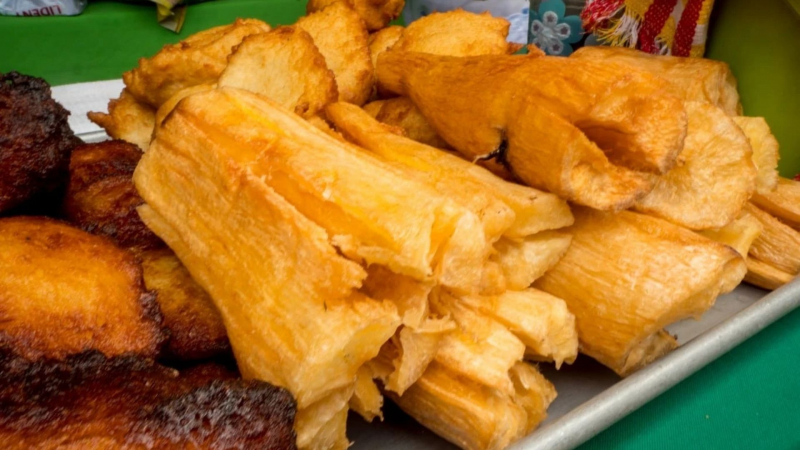
Photo: onceinalifetimejourney.com -
Tres leches cake is a sponge cake that has been soaked in three types of milk, hence the name. It's popular in Argentina, as well as Mexico, Guatemala, and other parts of Central and South America, and it's on many Salvadorian menus.
A soft sponge is used to make the cake, which is then soaked in evaporated milk, condensed milk, and whole milk to give it its signature moist texture. A thick layer of whipped cream is then applied to the cake.
While the recipe is straightforward, the mix, thickness, and preparation and use of each of these three milks influences how light or heavy the cake will be. In Argentina, dulce de leche is sometimes used, and the cake is sometimes prepared into a layer cake with cream in between layers of sponge cake.
Did you know that the origins of the cake are a mystery? In the 1940s, Nestle had recipes for it on its condensed milk pots? This most likely expanded the cuisine throughout Latin America, where the business had established local subsidiaries. More information regarding the origins of this cake and how it travelled over the Americas can be found here.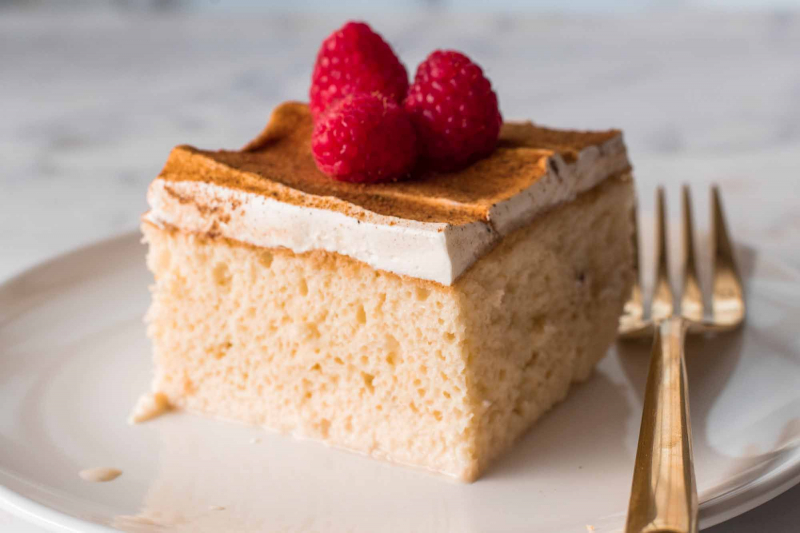
Photo: Simply Recipes 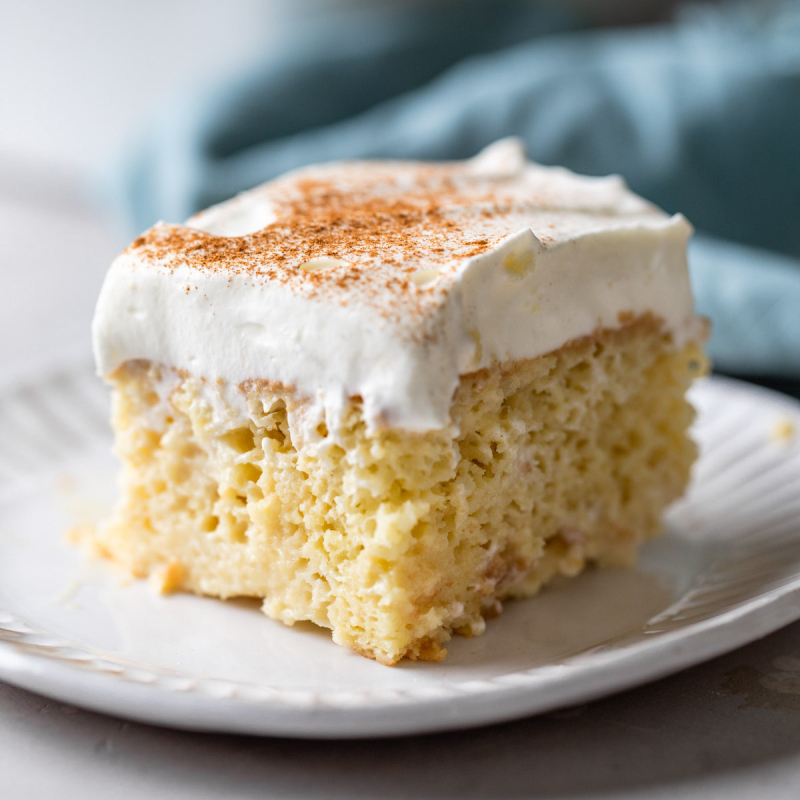
Photo: Live Well Bake Often












